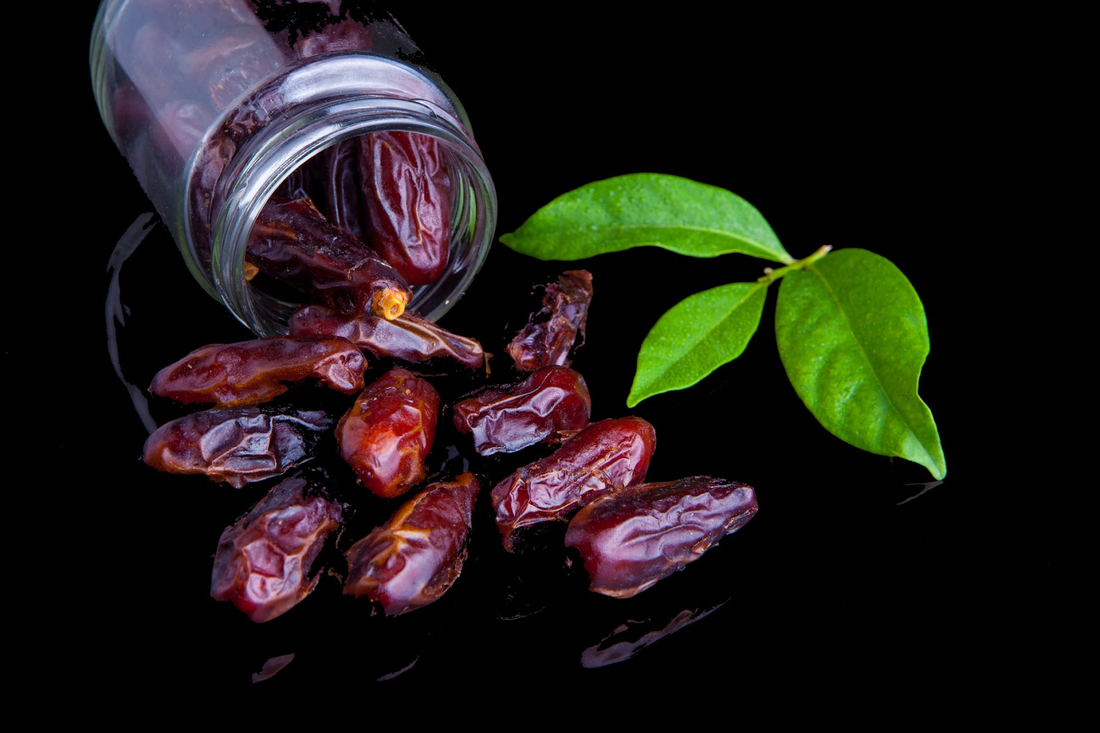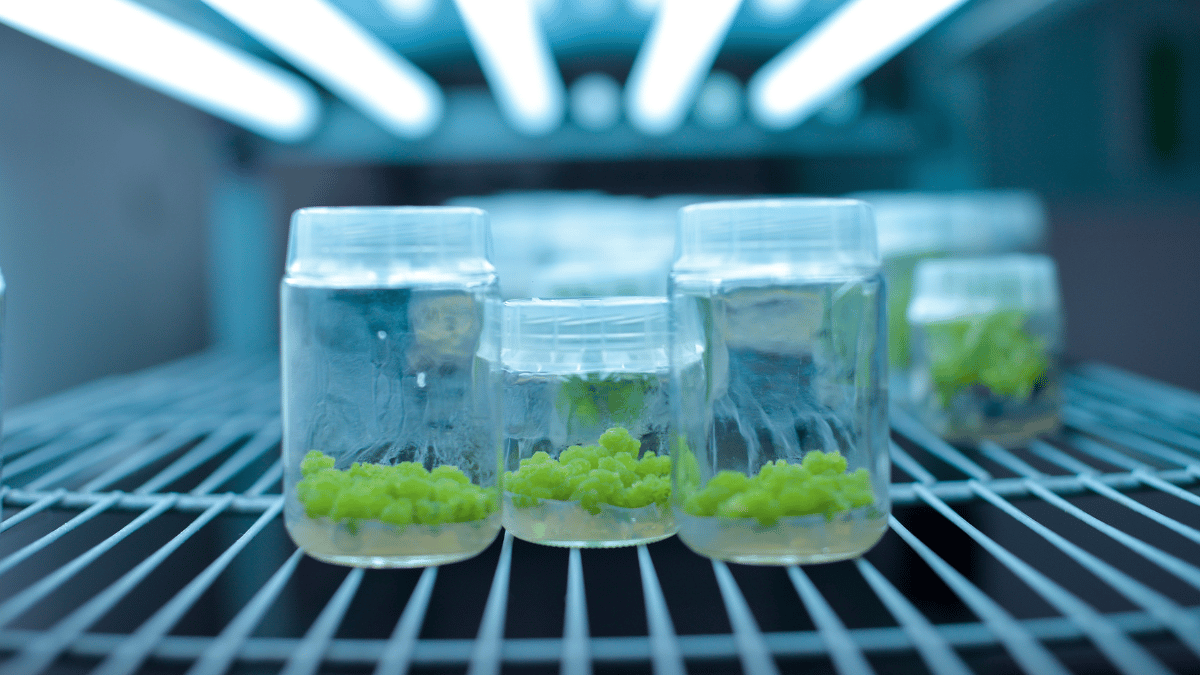
Tissue Culture of Date Palms
As a content and community manager, I leverage my expertise in plant biotechnology, passion for tissue culture, and writing skills to create compelling articles, simplifying intricate scientific concepts, and address your inquiries. As a dedicated science communicator, I strive to spark curiosity and foster a love for science in my audience.


Tissue culture techniques are popular for the several advantages they provide over the conventional propagation techniques. For example, mass propagation, germplasm conservation, genetic transformation, etc. The most important factors that determine the healthy growth of plants in tissue culture include the type of explant, growth media components and their composition, and controlled growth conditions.
Tissue culture techniques have been used for the commercial production of several horticulture crops, ornamental plants, fruits, and vegetables. This article discusses the tissue culture propagation of Date palms that are cultivated worldwide for their sweet and nutritious fruits.
Physical Description of Date Palm
Classification-- Order: Arecales; Family: Arecaceae; Genus:Phoenix; Species:P. dactylifera
The scientific or botanical name of the date palm is Phoenix dactylifera. The name “Phoenix signifies the date palm” and “dactylifera signifies finger”, which is the date palm finger (a form of the plant’s fruit). Date palm is grown worldwide but mainly in the regions of Canary Island, northern Africa, the Middle East, India, Mexico, Pakistan, and the U.S state of California.
Date trees either grow singly or in clumps with several stems and a single root system. The trees are typically 21-23 meters in height. The leaves of the date palms are 4-6 meters long with about 150 leaflets. Spines are present on the petiole and pinnate. The stem is marked with old leaf bases and terminates in a five meters long crown of graceful pinnate leaves. Date palms are dioecious; male and female flowers grow on different branches. The fruit is a drupe or one-seeded fruit. On a single branch, more than 1000 date fruits are borne.
The Procedure of Date Palm tissue culture
Tissue culture of the date palm is done either by somatic embryogenesis or organogenesis. The route depends on several factors like plant genotype, developmental stage of explant, the composition of media, and culture conditions.
The main steps of date palm tissue culture are explained below. The study is taken from the “reference one” of this article.
1. Prepare the Explant Material from the Source
Separate the offshoot from the source plant, carefully cut the bottom of the young palm using a knife and discard it. After cutting, the offshoot should be 15-50 cm in length. Then, cut the resultant offshoot until a soft white meristematic area (with a lignified base) is observed. The final size of the explant will be 3-4 cm in width and 6-8 cm in length.
2. Disinfect the Explant
Soak the explant with its lignified base in an anti-oxidant solution of 150 mg/l citric acid and 100 mg/L ascorbic acid. This is done until the culturing step to avoid the browning of the tissues. Then, disinfect the offshoot tip using 4 g/l Mancozan (or any other fungicidal solution) for 20 minutes. After this, rinse the tip with three changes of autoclaved distilled water. Then, dip the tip in 9% NaOCl (sodium hypochlorite) solution (with few drops of Tween 20) under a weak vacuum for 5 min and under normal pressure for 20 min.
3. Explant Culture and Initiation Stage
Dissect the offshoot under the laminar flow hood and ,without rinsing it off, put it on the initiation medium. The bottom of young leaves (between the leaf and young tissue) are cultured as explant. The initiation media contains regular MS media with low ammonium salts and growth regulators in a concentration range of 0.1-0.3 mg/L. Then, adjust the pH of the media to 5.7 after adding agar and before autoclaving.
Initially, incubate all cultures in complete darkness; after 3-4 months, provide a low light with 16 hours of photoperiod.
4. Multiplication Stage
When the cultures are established, transfer them to a multiplication media. The composition and components of the multiplication media are the same as the initiation media. The only difference is in the composition and type of growth regulators. The multiplication media should have NAA, NOA, IAA, BA, and Kinetin in the concentration range of 0.5-5 mg/L. After. few weeks, it’s necessary to separate well-developed plantlets from remaining bud tissues because developed plantlets can suppress the other parts of budding tissues in culture.
5. Rooting and Elongation Stage
After a few weeks, transfer the young developed plantlets to a rooting medium, which is basic MS media supplemented with NAA (1 mg/L), BAP (0.5 mg/L), Kinetin (0.5 mg/L), and GA3 (0.5 mg/L), for 10-15 days. After this, transfer the budding tissue or plantlets to a swelling medium, which is the same as multiplication media except for different concentrations of sucrose (100-150 g/L).
6. Acclimatization of the Plantlets
Some characteristics determine if the plantlets are ready to be transferred to the greenhouse for acclimatization. Characteristics include:
- The plantlets should have two to three healthy and enlarged leaves without curlings.
- The height of the stem should be 1-10 cm from the base to the leaves.
- The shoot base should form a pear-shaped crown.
- A well-developed root system of 5 cm in length.
If the young plantlets pass the above-mentioned criteria then they are ready for the acclimatization process.
For acclimatization, rinse the plantlets with distilled water to remove agar sticking to their roots. Then, spray the plantlets with 0.5% Benlate solution to protect them from fungal attacks.
Keep watching your plants and take good care of them. After a few weeks, you will have your healthy date palm plants!
References
- Zaid, A., El-Korchi, B., & Visser, H. J. (2011). Commercial Date Palm Tissue Culture Procedures and Facility Establishment. Date Palm Biotechnology, 137–180. doi:10.1007/978-94-007-1318-5_8
- https://www.britannica.com/plant/date-palm
- https://en.wikipedia.org/wiki/Date_palm
Blog Categories
View by Level
Popular Blogs

Callus Culture: Definition and Applications
Introduction Tissue culture is not just one technique! Yes, you heard right! As you know, tissue culture is an advanced...
Read More
6 Plant Tissue Culture Books to Keep Learning
Introduction Most of us are fans of books when it comes to learning a topic in detail and in a...
Read MoreSubscribe to Our Newsletter








Join the conversation
Your email address will not be published. Required fields are marked